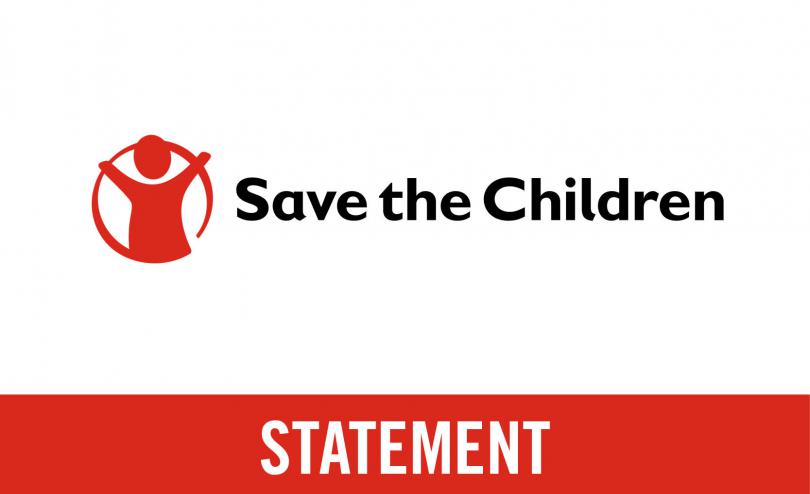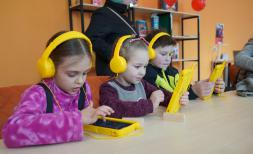New EU Migration Pact bound to repeat Moria mistakes

Today, the European Commission will propose a new Pact for Migration and Asylum. Five years after the so-called “refugee crisis”, migrant and refugee children still suffer from harsh border and migration policies across the European Union.
Anita Bay Bundegaard, EU-director for Save the Children in Brussels, said:
“While we welcome the specific attention paid to children, we fear that the new proposed measures risk repeating the same flawed approach that led to the terrible situation in Moria and the disasters on the Mediterranean. It is hard to grasp the EU has not learned from its recent mistakes.
“The devastation in Moria, leaving 4,000 children homeless in the streets, has shown that we cannot fall back on recipes from the past that have put children’s lives at risk. New border and screening procedures – including a new facility on Lesvos – are bound to create more bottlenecks, with thousands of people ending up in detention for extended periods of time.
“There needs to be a solution for people arriving in the EU who may not have the right to international protection, but cannot return to their country of origin. This group risks living in limbo for a long time. It is also critical that asylum systems in different member states meet the same high protection standards - this must be a top-priority. As EU member states continue to lower their standards, we believe the European Commission must set the bar high, especially for children.
“We support Commissioner Johansson and contributing member states in their efforts to relocate children from Greece. With this new solidarity mechanism on the table, it should be very clear when and how it will be triggered, and what happens if members fail to meet it. Disputes between member states can no longer leave migrants stranded at sea. Relocation policies that recognise and support the unique needs of children should be a priority, along with fast family reunification procedures.”
“The Pact needs to urgently scale up ambition when it comes to creating new legal migration channels”, Ms Bay-Bundegaard continued. Since the start of 2019, more than 1700 people have died or gone missing on the Mediterranean. Only last week, two young children died when they attempted to cross from Lebanon to Cyprus. “This cannot continue. If people can access more safe ways to reach the EU, they will no longer feel forced to risk their lives on rickety boats.”
Save the Children’s recent report showed that more than 200,000 unaccompanied children sought asylum in Europe over the last five years. Many of them come from countries facing protracted crises like Afghanistan and Syria. They often struggle to get a refugee status, live in constant fear of being deported or detained, and are unable to reunite with family members.
For more information or requests, kindly contact:
Karen Mets (Brussels), Karen.Mets@savethechildren.org / +32 499 11 86 35
Rik Goverde, rik.goverde@savethechildren.org
The 24-hour press office in London media@savethechildren.org.uk; 0044 7831 650 409




